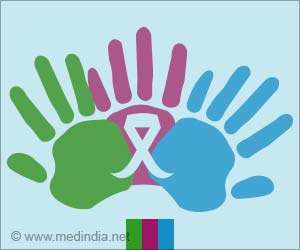At the age of 25 age both men and women can invest time in maintaining large social circles and start looking for their romantic partners.

‘At the age of 25, women are more focused to find their romantic partner. However, men look for more casual relationships.’





At the age of 25 age both men and women are able to invest time in maintaining large social circles. This is also the time when men and women start looking for their prospective romantic partners. Once people settle down in life, they withdraw from causal relationships and invest time to balance between work and family life.The number of connections reaches a maximum at the age of 25 for both genders. While men maintain a lot of casual relationships women seem to be more focused on their romantic partner, explained Bhattacharya.
After the age of 25 the social circles start shrinking until it stabilizes again in the late 40s. After the 60s the decay begins again and old people appear to be rather socially isolated. However, on average older people use mobile technology less than others. From the late 30s women become more connected than men. This is when people get married, settle down and participate in the parenthood. The communication patterns of women would suggest their pivotal roles as parents and grandparents, adds Bhattacharya.
From the late 40s till mid-60s the number of contacts is rather stable. This is the period when individuals divide time between varied family relations, such as children, parents, in-laws of children and friends, concludes Bhattacharya.
The study appears in journal Royal Society Open Science.
Advertisement









